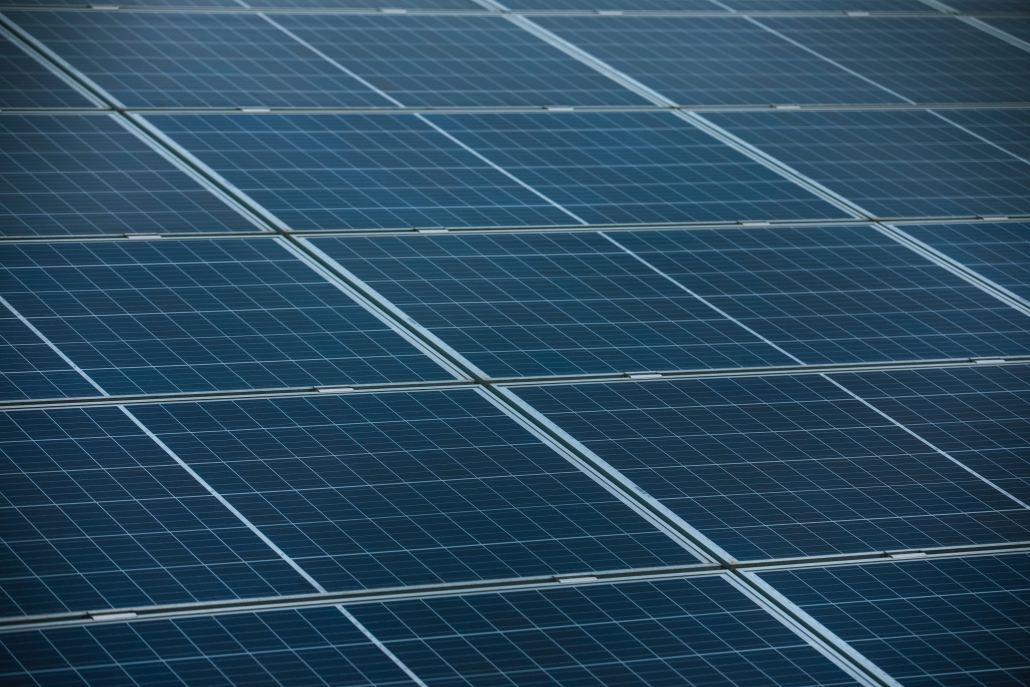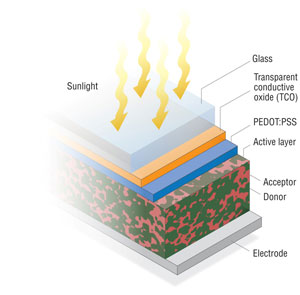New Research
However, new research has been able to site a specific area where cells lose efficiency. A study done at University of Cambridge found that an electron configuration called a triplet exciton is especially attracted to these electron “holes”, and thus a lot more prone to lose energy. In simple terms, these researchers figured out a way to keep the “hole” further away from the electron, it will be less likely to fall into this lower energy state. This has the potential to boost the efficiency of organic solar cells.
Future Usage
New research and information about organic solar cells is exciting because of the potential benefits of this type of solar. For example, organic solar cells are more flexible than their silicon counterparts. They have the ability to wrap around curved surfaces, such the outsides of buildings or cars. Additionally, they are more lightweight and can be semi-transparent. For instance, they could be used in architectural design over windows to add more solar energy to office buildings or other developments. These solar cells are also a lot cheaper to produce, which will translate to cheaper renewable energy costs.
While all of this new research is exciting, there is still a ways to go before organic solar cells hit the market. So for now, regular silicon solar cells are still the most popular and best way to install renewable energy on your home. However as more research is done, we might start to see a different type of solar cell on the market. Luckily, SGE will be ready to install whatever solar technology is on the market!




